John Muir
A saunter through the hills in 1864.
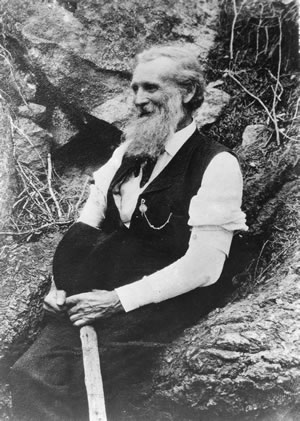
American naturalist and founder of the Sierra Club, John Muir sauntered through Headwaters in 1864. He came to Ontario to avoid conscription into the Civil War.
People have been walking through Headwaters and enjoying its natural attributes for a long time. I’m indebted to Robert Burcher, a Meaford resident and history buff, for calling my attention to John Muir’s travels through these hills in the spring of 1864.
Muir, who has been called “America’s most famous and influential naturalist and conservationist,” was an environmentalist long before the word came into popular use. A persuasive and forceful advocate for nature, he founded the Sierra Club, which remains at the forefront of wilderness preservation today. Muir also played an important role in creating some of the most important national parks in the western United States, including Yosemite and Grand Canyon.
But before all his seminal environmental work, Muir spent time in Ontario, still known in those pre-Confederation days as Canada West. It has been suggested Muir arrived in the province after fleeing his native Wisconsin to avoid being drafted into the Union Army during the American Civil War.
Muir wandered the southern Ontario countryside when he could, trekking along the Niagara Escarpment to collect and press plants. Burcher used Muir’s botanical records to map the environmentalist’s probable route from Bradford, where he lived briefly, to Luther Marsh and back. During this circuit, Muir is thought to have visited Orangeville, Grand Valley and the Hockley Valley. Some historians believe that Muir’s environmental ideas were honed in Ontario. While learning about and admiring the province’s native flora, he also recoiled at the destruction of the “magnificent forest trees” as land was cleared to produce cash crops to sell to a United States embroiled in war.
Those who hike the Bruce Trail today are no doubt treading territory familiar to Muir, for he eventually settled near Meaford. There he found work and continued his explorations, covering portions of the Escarpment from Niagara Falls to Owen Sound, before returning to the United States in 1866. The Epping-John Muir Lookout Conservation Area, about 17 kilometres south of Meaford, features a historical plaque that overlooks the Beaver Valley and commemorates Muir’s time in the area.
That Muir walked through our hills 154 years ago is fascinating. But the fascination grows with the realization that his time here, and elsewhere in Ontario, may have helped shape a bold new environmental ethic that laid the groundwork for conservation in North America and throughout the world.
Related Stories
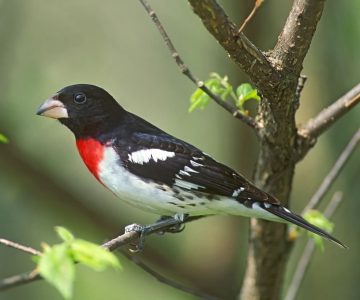
Spring Hikes on The Bruce Trail
Mar 26, 2018 | | EnvironmentAlong the Bruce Trail, spring is the time to slow to a saunter and see, hear and scent nature’s renewal.
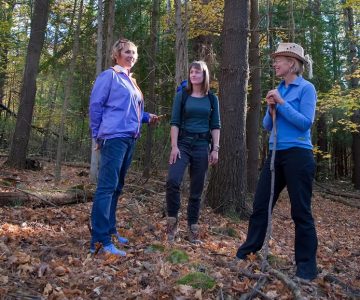
Take a Walk on the Wild Side: Forest Bathing
Mar 26, 2018 | | Good SportSlowing down, tuning in. With forest bathing, the slow movement takes to the woods.

The Language of Nature
Jun 20, 2016 | | EnvironmentWithout words, are we lost in the woods? How words connect us to nature.
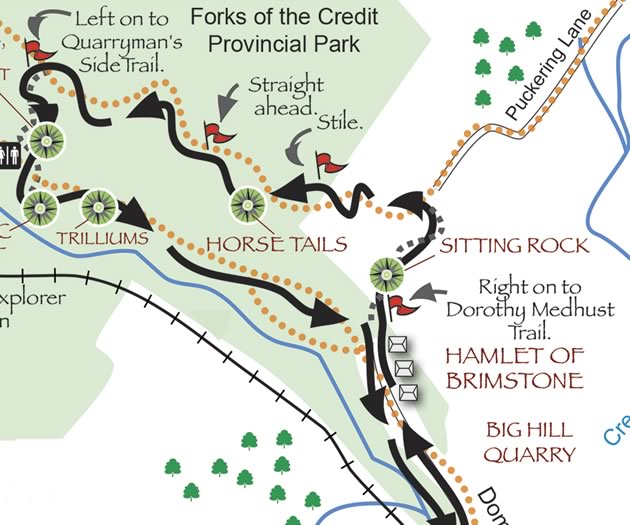
Caledon Hikes
Jun 16, 2015 | | LeisureNicola Ross shows readers how to navigate local Caledon trails, including the Bruce Trail and the Trans Canada Trail, without having to backtrack or arrange to leave a car at a hike’s endpoint.

Meetings with Remarkable Trees
Sep 9, 2011 | | EnvironmentWe revel in their beauty, relax in their shade and are calmed by the soothing sound of their leaves soughing in the wind.
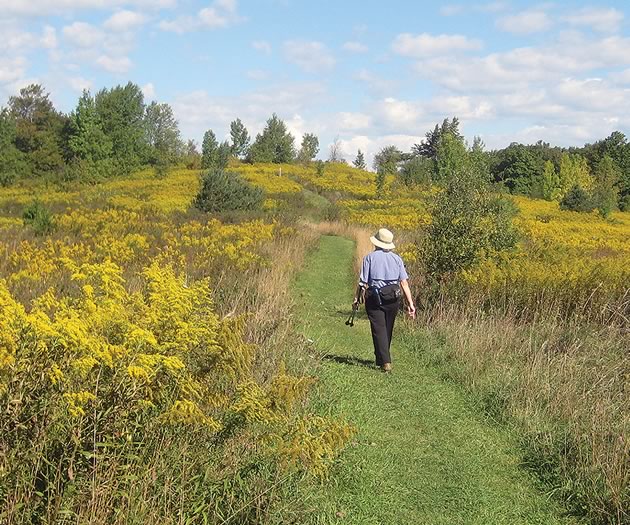
An Audacious Idea – The Bruce Trail Turns 50
Mar 23, 2014 | | Good Sport“What,” Lowes asked, “would you think of a hiking trail winding up the Niagara Escarpment from one end to the other?”







